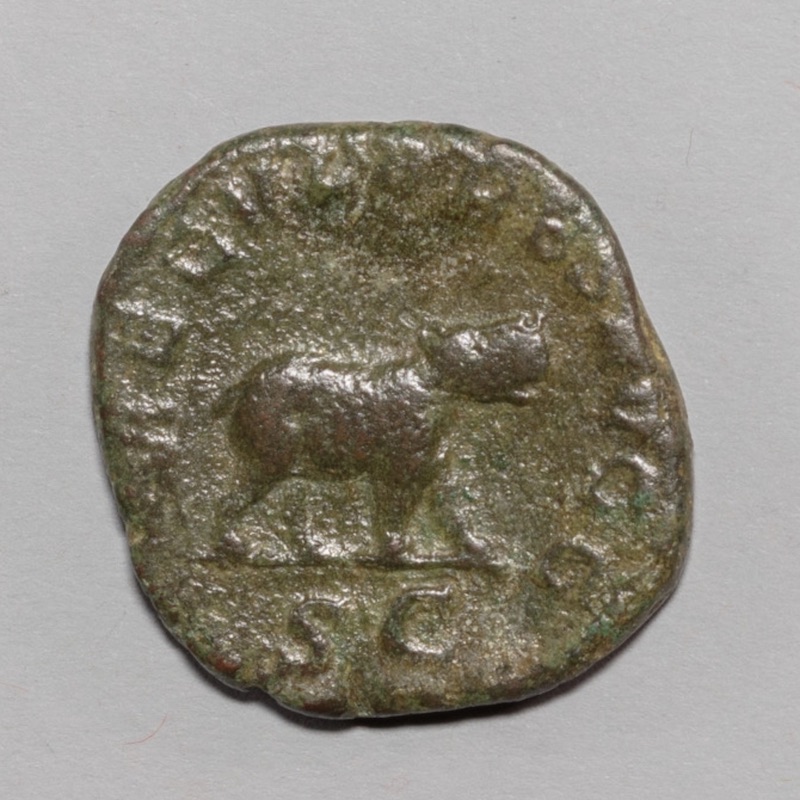While some museums are organizing online exhibitions as a way to safely share art during the pandemic, students in Ambra Spinelli's spring archaeology class had planned an online show all along. It's a bit of a side-step, but I like it too much not to share.
That show, Spectacle in Antiquity and Beyond, features displays of objects and photographs from ancient Greece and Rome to the twentieth century. Together, the objects in the exhibition's six galleries illuminate how large, spectacular events—a Roman gladiator fight, an Inuit kayak contest, a Christian pilgrimage, a Nazi march—can foster and sustain a shared identity and reinforce social cohesion.
Spinelli, who specializes in Roman art and archaeology, designed her course to culminate with a student-curated exhibition that spans centuries. "[The show] looks at spectacles as a way to connect people in time and space, as something that characterized both ancient and modern societies," she said.
The three students in the small Classics department class—Mike Brown ’20, Brooke Wrubel ’21, and Benjamin Wu ’18—were each responsible for two of the show's galleries. They selected objects from the Museum of Art and the Peary-MacMillan Arctic Museum collections and, after researching them, wrote object labels and introductory texts for their items.
"The collections here are stunning," Spinelli said. "The Museums have so much to offer—I wanted students to explore and engage with the many resources on campus."
The variety of pieces in Spectacle highlights the breadth of Bowdoin's collections, Wu said. "There are all these different ways to interpret these objects to form a story," he added. "A lot of the items we picked were either directly involved in the specific spectacles, or they were commemorating or depicting such spectacles."
That show, Spectacle in Antiquity and Beyond, features displays of objects and photographs from ancient Greece and Rome to the twentieth century. Together, the objects in the exhibition's six galleries illuminate how large, spectacular events—a Roman gladiator fight, an Inuit kayak contest, a Christian pilgrimage, a Nazi march—can foster and sustain a shared identity and reinforce social cohesion.
Spinelli, who specializes in Roman art and archaeology, designed her course to culminate with a student-curated exhibition that spans centuries. "[The show] looks at spectacles as a way to connect people in time and space, as something that characterized both ancient and modern societies," she said.
The three students in the small Classics department class—Mike Brown ’20, Brooke Wrubel ’21, and Benjamin Wu ’18—were each responsible for two of the show's galleries. They selected objects from the Museum of Art and the Peary-MacMillan Arctic Museum collections and, after researching them, wrote object labels and introductory texts for their items.
"The collections here are stunning," Spinelli said. "The Museums have so much to offer—I wanted students to explore and engage with the many resources on campus."
The variety of pieces in Spectacle highlights the breadth of Bowdoin's collections, Wu said. "There are all these different ways to interpret these objects to form a story," he added. "A lot of the items we picked were either directly involved in the specific spectacles, or they were commemorating or depicting such spectacles."


No comments:
Post a Comment